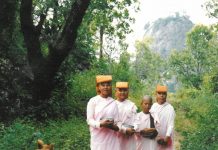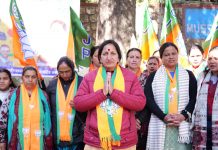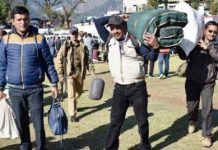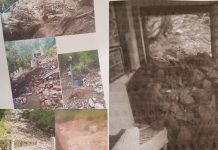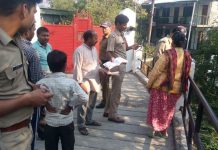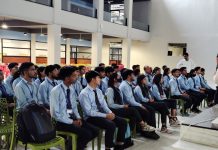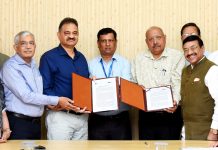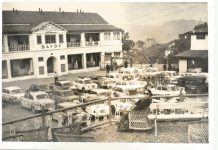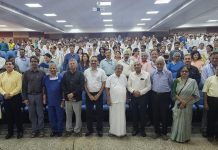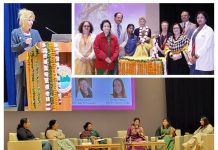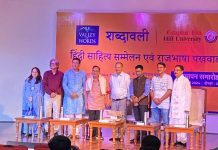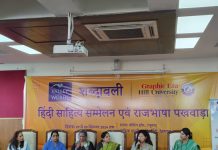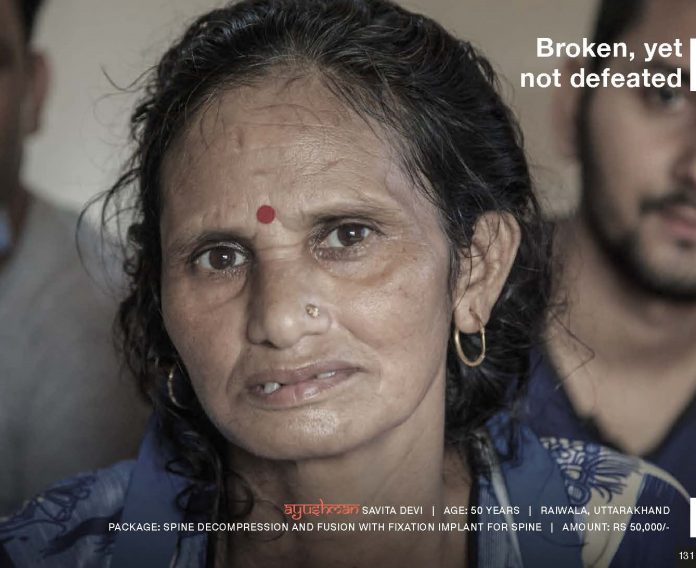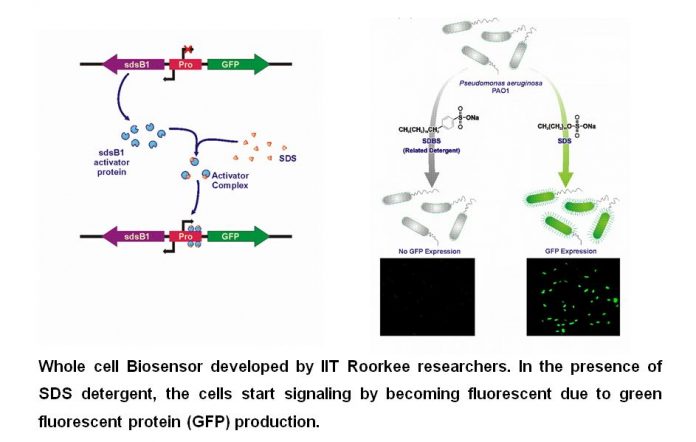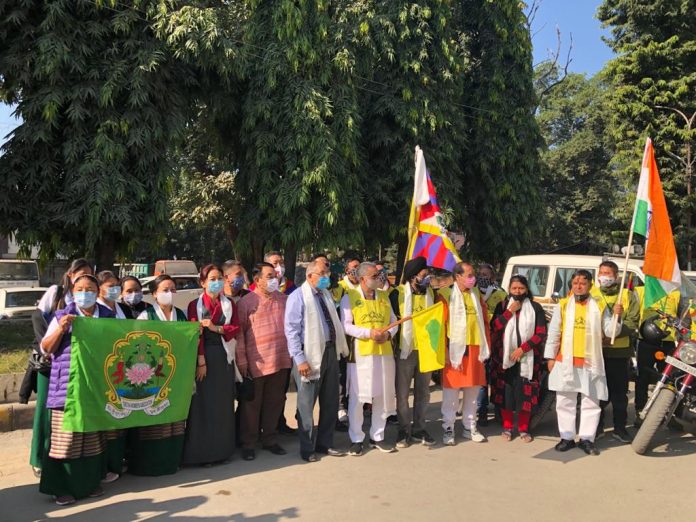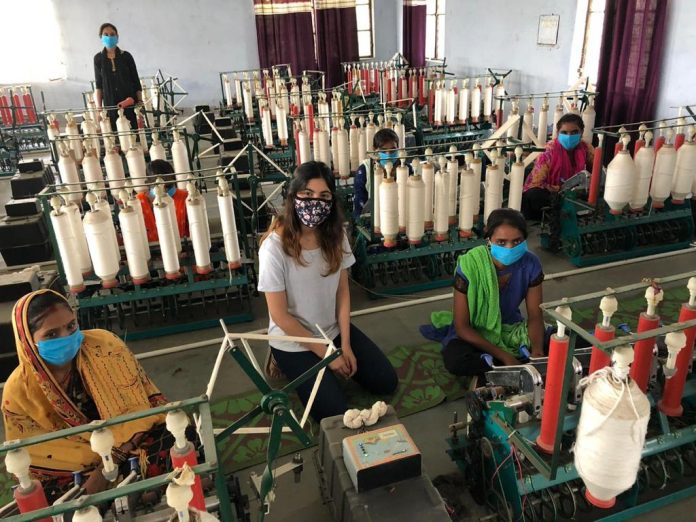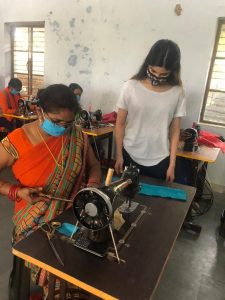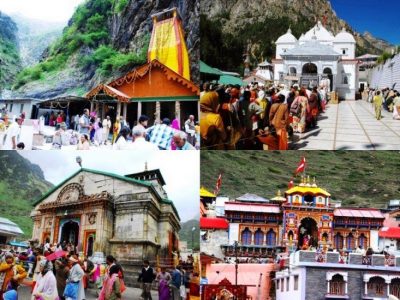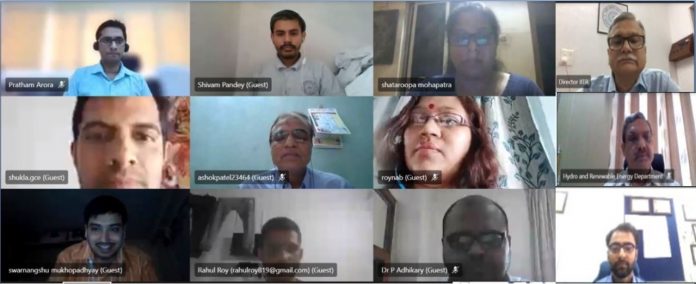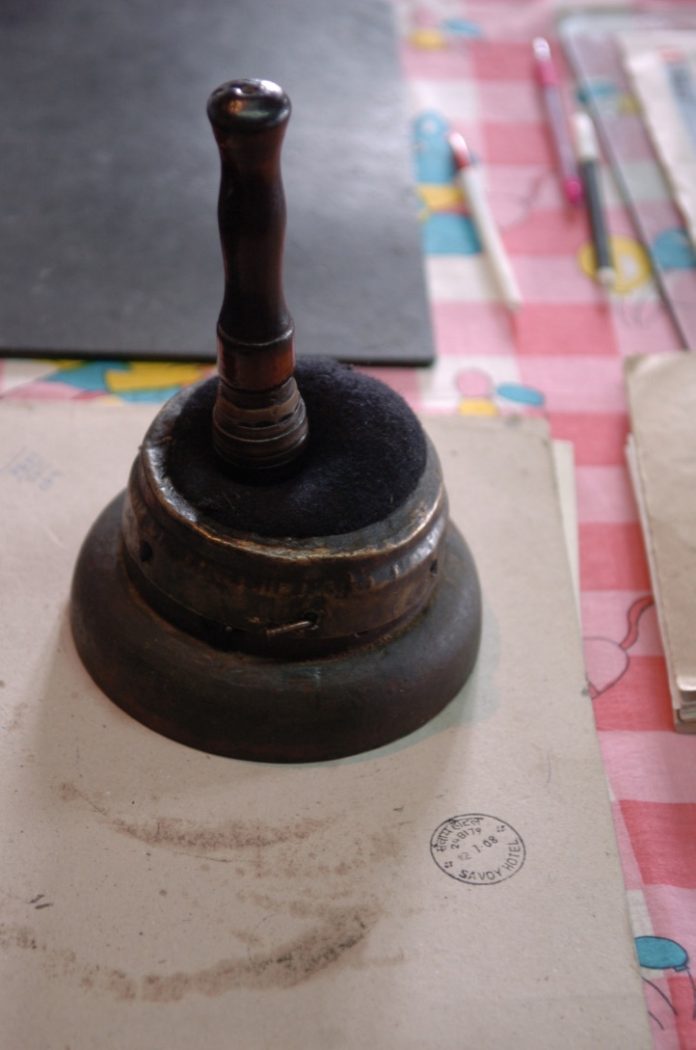Dateline Mussoorie: Dr. Khushbu Gulati, a resident of Roorkee found her true calling in Mussoorie. Away from the humdrum of the city life, she became a part of the community and has called this place ‘home’ for the past two years.
Her journey from a Doctorate in Environmental Sciences to teaching EVS to graduate and postgraduate students, involved in research projects, mentoring postgraduate students for their internship programs to a Tarot Card reader has been a long one.

Initially, Khushbu set out to teach at a reputed boarding school in the hill-station, but now, she strongly believes that the Universe had something better planned for her. Talking about Mussoorie, she says, “I fell in love with this beautiful place, in 2007. It was love at first sight that blossomed with time. I began frequent trips to Mussoorie and Landour with my mom.”
In 2019, Khushbu turned to Tarot card reading as a hobby. “It began,” she tells me, “when I took personal readings from psychics and intuitive Tarot readers. Many things from the readings actually resonated with me.” Today Khusbhu has developed a strong client-base from all over the globe, “I think that each reader has their own way of processing and channeling messages.”
For the past six months and we have just begun to count, Khushbu has been exacting the art of interpreting the imagery, symbolism and story behind the 78 cards. “I started my Tarot journey with my YouTube channel Tarot Divinations in which I started giving simple Tarot tutorials for beginners. Then I moved on to do interpreting Tarot for people as well.”
What do people actually ask about? I quiz her. “Questions mostly pertain to relationship and love life, finances and career. Sometimes I even get requests for health.” Adding, “The response that I have received from my clients is very heartening. The readings have resonated with them. It gives me utter joy when I am able to bond well with their aura and energies.”
Today Dr. Khushbu has a Facebook page and an Instagram account by the name ‘Tarot Divinations.’ Roorkee’s loss has been Mussoorie’s gain and anyone who wants to get a reading from Dr. Khushbu can DM her:
https://www.facebook.com/pg/vk2213/reviews/?ref=page_internal

